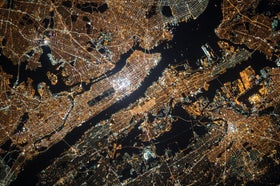

Urban noise monitoring

Major sources of man-made urban noise disturbances include:
Construction: jackhammering, compressor engines, metallic banging/scraping, piling
Emergency vehicle sirens
Security alarms
Road & rail traffic
Aircraft
Loud music
Events & crowds

Next generation road traffic urban noise monitoring technology
Acoem has developed the Noise radar as a single holistic solution for monitoring and measuring urban road traffic noise. The system detects, identifies and localises the noise source using Cube™, a Class 1 (IEC 61672) certified 4G smart noise monitoring terminal.
Measurements are corrected and validated according to external parameters. The offending vehicle is authenticated via licence plate reading using an integrated camera. The data is then transmitted via the ATD threat detection technology to our Cloud server and on to designated authorities for automatic issuing of infringements or penalties. All data and imagery is fully secure through encryption – including image blurring of drivers’ faces or distinguishing characteristics.
Would you like to…?








